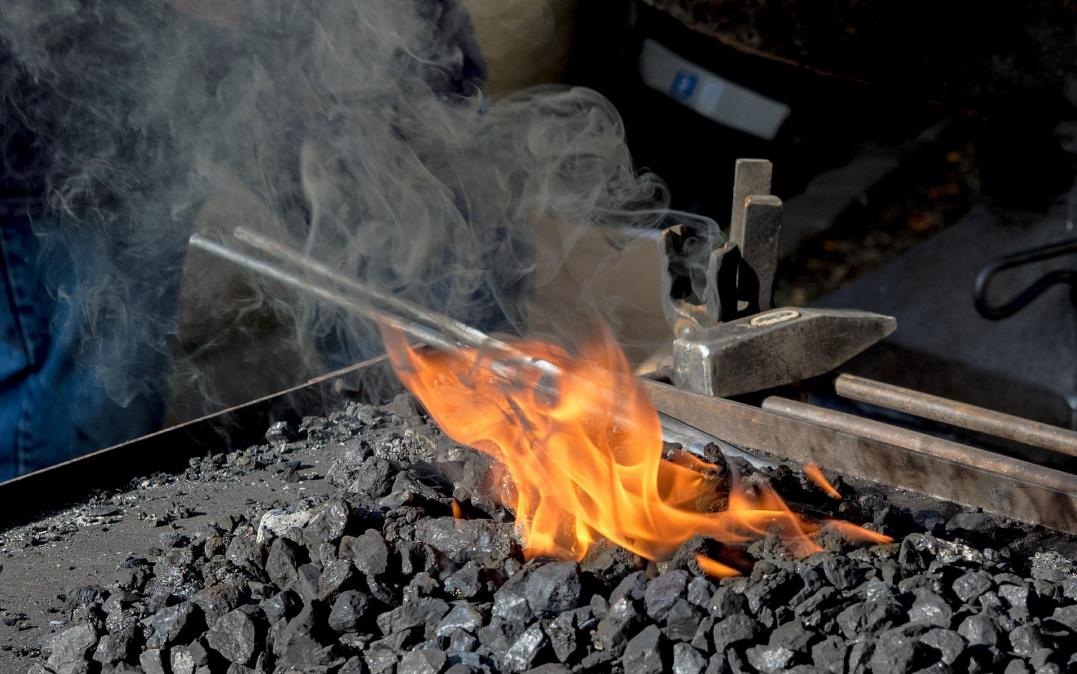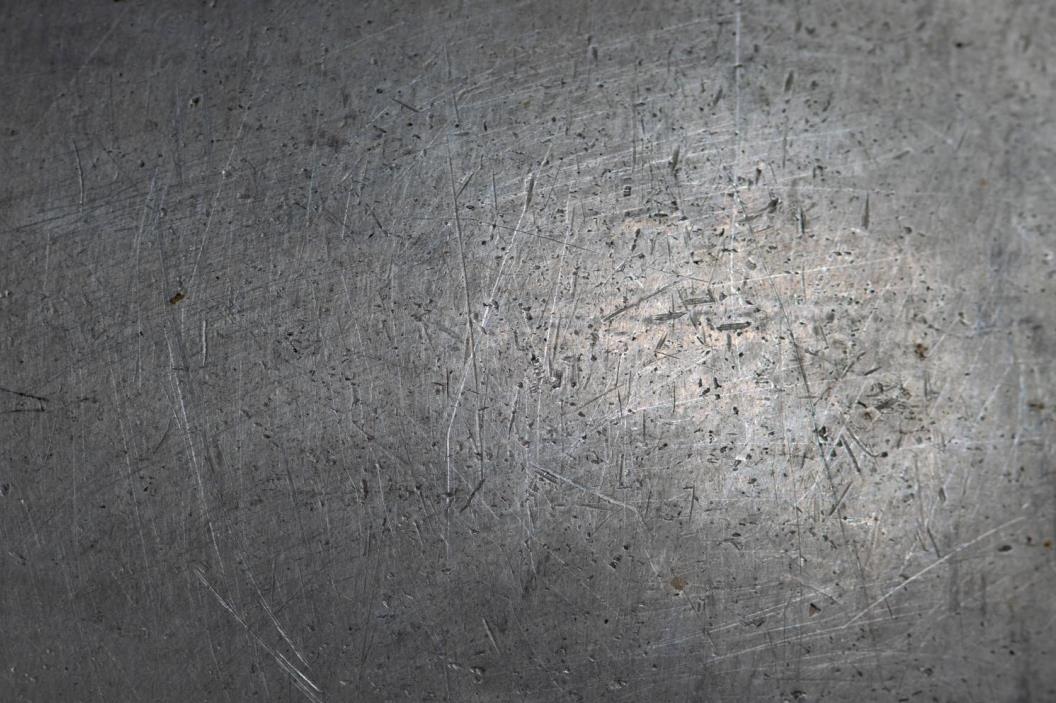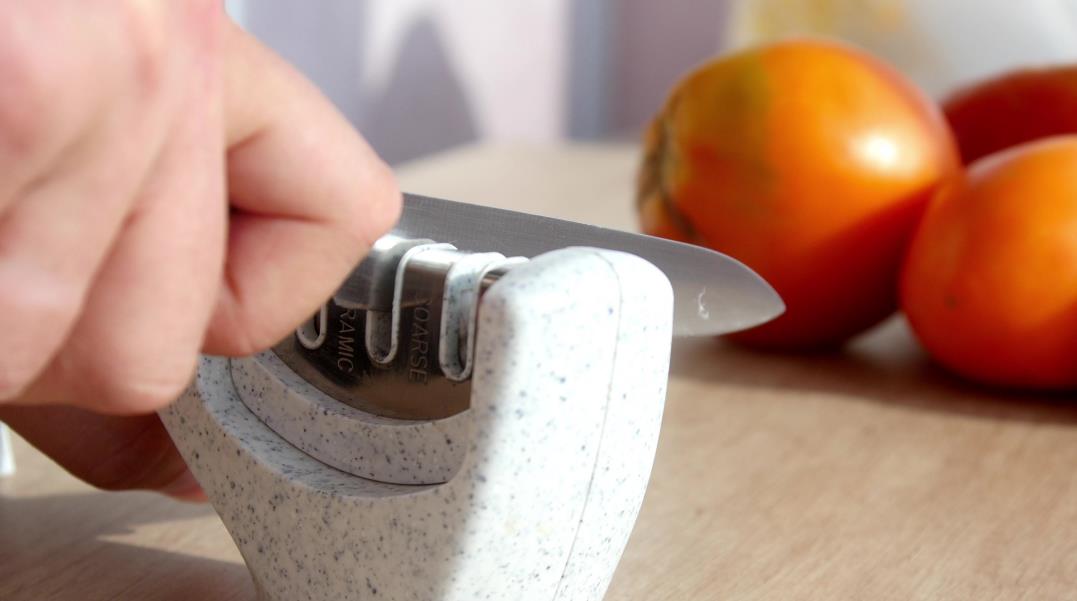S30V, also referred to as the CPM S30V, is an American steel made by the Crucible Industries following powder metallurgy, hence the name Crucible Powder Metallurgy. Its intended purpose of development was to have a balance across all traits of what makes steel favorable as a knife material.
Crucible Industries poured lots of research into S30V steel’s development. They also gathered the opinions of various knife manufacturers prior to creating the steel. As a result, S30V steel has managed to be one of the most dominant choices in no time. In just two decades, S30V steel became one of the most sought-after steels for making all kinds of knives, including kitchen knives.
In this article, we’ll analyze the properties of S30V steel, shed light on why it is so prevalent, and cover how it performs as a kitchen knife blade material.
Table of contents
S30V steel chemical composition
| Carbon | 1.45% |
| Chromium | 14.00% |
| Vanadium | 4.00% |
| Molybdenum | 2.00% |
As seen from the chart, S30V is a high carbon stainless steel with 1.45% of carbon. This is more than double the carbon content of what qualifies high carbon steel, making it extremely hard and strong. The 14% chromium makes it high carbon stainless steel, but it isn’t the only one that enables the steel to resist corrosion. Here is a little more of what each of these does to steel.
- Carbon: Essential for hardening the steel, making it stronger, durable, and more resistant.
- Chromium: The most important element in any steel’s chemical composition for corrosion resistance.
- Vanadium: By refining the grain structure, vanadium increases steel’s strength, hardenability, wear resistance, and toughness. It can also help with corrosion resistance at the right amounts.
- Molybdenum: Enhancing the steel in many ways, molybdenum helps with corrosion resistance, hardenability, toughness, and tensile strength.
S30V steel uses

Although S30V is a tool steel according to Crucible Industries, an overwhelming majority of CPM S30V steel is used for making knives. S30V is considered by many to be premium steel, so this affects the price tag. If you’re planning on purchasing a kitchen knife made from S30V steel, expect to spend a little more than usual.
Other than knives, S30V’s machinability makes it on par with many others in various industries. Yet, the cost mostly holds it back from being utilized more on the industrial scale.
S30V steel properties
When weighing any steel’s properties before it turns into a kitchen knife blade, its hardness, toughness, wear resistance, and corrosion resistance is the main topic.
Hardness
S30V steel can reach up to 64 HRc hardness but is tempered to around 58 to 62 HRc to reduce excess hardness. This hardness range between 58 and 62 HRc is the most common for knives. If not tempered, the steel remains too brittle for the duties you’d perform with a knife, resulting in chipping and other damages.
Toughness
S30V steel offers great toughness. One of the reasons is the easy heat treatment and finer carbides following powder metallurgy. When Crucible Industries was developing S30V steel, easy heat treatment was one of the top priorities. This advantage allowed knife manufacturers to heat treat using standard equipment effortlessly, creating a knife that can take a beating without a hush.
Wear resistance

The high vanadium amount in S30V proportionate to the chromium content gives us adequate wear resistance without giving up too much on corrosion resistance. The hard vanadium carbides in S30V steel contribute to its wear resistance, helping with edge retention at the same time.
Corrosion resistance
For any steel to resist corrosion, chromium is a must. While S30V has enough of it at 14%, the addition of vanadium further contributes to it by getting in the way of chromium carbides forming as much. With minimal upkeep, S30V steel won’t rust or oxidize for its lifetime.
How is it as a kitchen knife material?
Now comes the most vital part: how S30V performs as a kitchen knife blade material. Some traits of S30V make it favorable for certain cooks; some make it unfavorable for others. After all, there is no such thing as a perfect kitchen knife as everything depends on each individual’s preferences. It’s up to you to weigh down each aspect.
Here is what to expect in an S30V steel kitchen knife covering everything from edge retention to durability.
Edge retention
A kitchen knife’s ability to hold a sharp edge for long periods is essential thinking for all cooks. If you’re able to use a knife for hours at a time and still get a sharp edge that cuts effortlessly, it can soon turn into your favorite.
S30V steel’s hardness and satisfying wear resistance deliver incredible edge retention. You can go for hours without even needing to hone the knife and still get the most out of the blade. Compared to other steel we’ve covered on our blog, like 440C, VG10, and D2, S30V keeps a sharp edge for longer.
Sharpness
S30V has a very fine structure, thanks to powder metallurgy. Due to this, S30V kitchen knives can become extremely sharp, almost like a razor, whether single or double bevel. With superb edge retention more than above average, it’s one of the reasons why it is praised by many.
While S30V knives can get very sharp, they tend to chip at the microscopic level, but this isn’t more prevalent than any other steel with similar performance. Regardless, it leads to needing to sharpen the blade more quickly, but not as fast as any modest steel. If microchipping is somehow a problem for you, S35V would be a better pick – more on that down below.
Ease of sharpening

S30V is more like the second example. It can hold an edge for extended periods, but you might find sharpening it a tad bit harder than others. This is mainly due to the high wear resistance of the steel. The coarser sharpening stones, like diamond stones, will get you to a sharp edge quickly. Still, removing the burr when it’s time to polish the blade can take some time.
Nonetheless, sharpening an S30V steel kitchen knife isn’t brutally challenging, but it isn’t easy either. Luckily, you’ll get to use it for a long while once sharpened.
Durability
The sufficient toughness and superb wear resistance of S30V give us a durable knife. Although any knife you care for can last you for many years, S30V is more forgiving. S30V steel kitchen knives will be there for multiple years, even with minimum maintenance.
As it is stainless, you won’t need to worry about oxidation as much. Wiping the blade dry after use will be enough to keep corrosion away. Still, handling S30V kitchen knives with care is essential.
S30V is hard steel, making it more susceptible to chipping than its softer counterparts. S30V steel undoubtedly has sufficient wear resistance. Still, using it to cut anything that it shouldn’t be touching, like things other than food, can unexpectedly give you a chipped edge. Utilize pocket knives for more outdoorsy tasks, and keep kitchen knives on a cutting board.
CPM S35V steel
There is also the S35V steel, which was basically an update to the existing S30V steel. Crucible Industries developed this steel to satisfy the needs of Chris Reeve, a well-known South African-American knifemaker.
This updated version of S30V steel performs the same in edge retention and corrosion resistance but has better toughness. This improvement meant there wasn’t as much micro-chipping, and the knife could be honed more quickly and efficiently without requiring to sharpen the blade by removing material from the edge with a sharpening stone.
S35V has the same chemical composition as S30V except for the added 0.50% niobium, less carbon and vanadium, and significantly more chromium, but with the same molybdenum amount.
FAQs
Is S30V steel stainless?
Before deeming any steel stainless, we must look at the chromium content. S30V doesn’t have exceptional amounts of chromium, but it has enough. The vanadium also aids the 14% chromium in corrosion resistance. That said, S30V is stainless steel.
What are the differences between S30V and 440C?
Both 440C and S30V are premium steel, mainly used for making knives. 440C has better corrosion resistance and isn’t as brittle as S30V. On the other hand, S30V has better edge retention and wear resistance. You can’t really go wrong with either one of them. When picking between the two, minor preferences will finalize the decision, not that either is superior to the other.
How does S30V steel compare to D2 steel?
In pretty much all aspects, S30V performs significantly better than D2 steel. The main lacking point of D2 is corrosion resistance. It has enough chromium for tool steel, but not as adequate as you’d hope for a kitchen environment. That’s why D2 is primarily for pocket knives. If cost isn’t a matter, S30V will cut better and longer.
Conclusion
Overall, S30V is premium-grade stainless steel. Various knife manufacturers, from large scale to small, utilize it for different types of knives.
If you have enough budget, they are definitely worth it. S30V kitchen knives offer incredible edge retention, leaving many others looking like no competition. Nonetheless, you can get similar performance from more affordable options – an HDMD Knife being one of them. See the best chef’s knives under $100.









